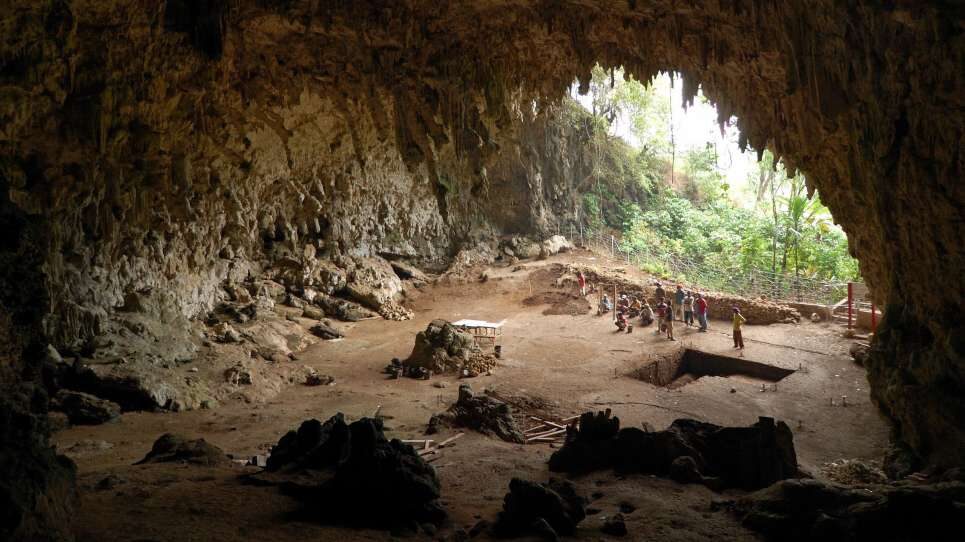
© Liang Bua TeamLiang Bua Cave on the island of Flores, where specimens of the 'Hobbit' species were discovered.
Anthropologists know of at least two ancient species of tiny humans that lived on the islands of southeast Asia over 50,000 years ago.
The origin of these extinct humans is unknown, but new research suggests they're more closely related to Denisovans and Neanderthals — and, by consequence, modern humans — than previously thought.New
research published in
Nature Ecology & Evolution has found no evidence of interbreeding between modern humans (
Homo sapiens) and two extinct species of short-statured humans,
Homo floresiensis (commonly known as the Flores Island "hobbits") and
Homo luzonensis (found in the Philippines). Fossil evidence of these two species, described in 2004 and 2019 respectively, suggests these island-dwelling humans stood no taller than around 3 feet and 7 inches (109 centimeters), a possible consequence of insular dwarfism — an evolutionary process in which the body size of a species shrinks over time as a consequence of limited access to resources.
At the same time, the new paper, led by João Teixeira from the University of Adelaide, provides further confirmation of interbreeding between the Denisovans and modern humans, specifically modern humans living in Island Southeast Asia, an area that encompasses tropical islands between east Asia, Australia, and New Guinea. Denisovans — a sister group of Neanderthals — reached the area some 50,000 to 60,000 years ago, but archaeologists have yet to uncover a shred of fossil evidence related to these so-called "southern Denisovans." That's obviously weird, given the overwhelming genetic evidence that they lived in this part of the world, but it means there are important archaeological discoveries still waiting to be found. At least in theory.
So, the new paper, co-authored by anthropologist Chris Stringer from the Natural History Museum in London, suggests modern humans interbred with Denisovans but not
H. floresiensis or
H. luzonensis. That's an important result, because it could help to explain the presence of the diminutive humans, who died out around 50,000 years ago, in this part of the world. Excitingly, it could mean that these "super-archaics," in the parlance of the researchers, "are not super-archaic after all, and are more closely related to [modern] humans than previously thought," explained Teixeira, a population geneticist, in an email.
In other words, H. floresiensis or H. luzonensis might actually be the elusive southern Denisovans.
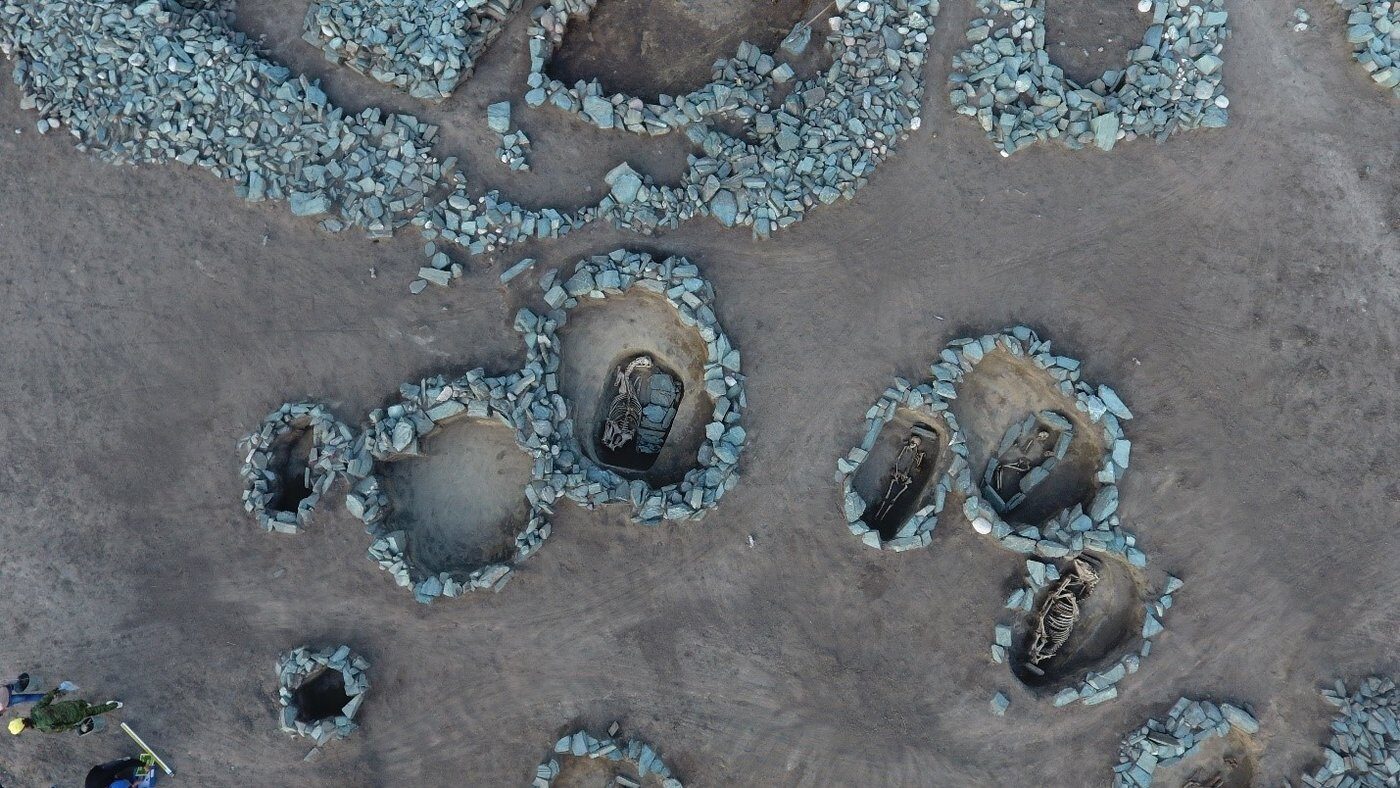
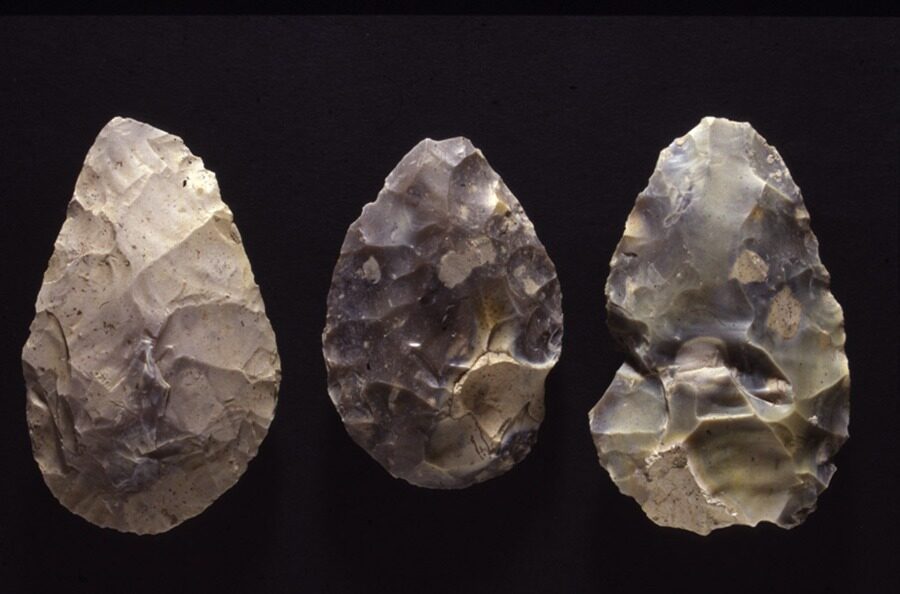
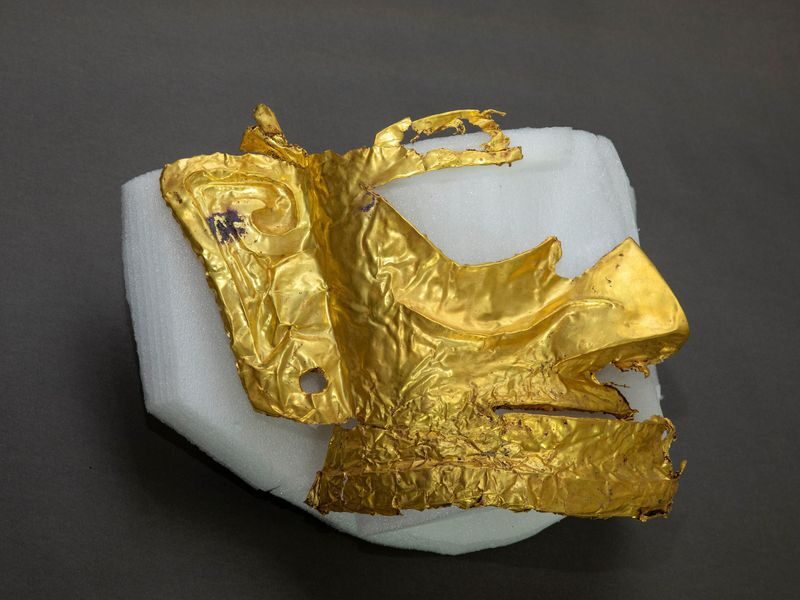
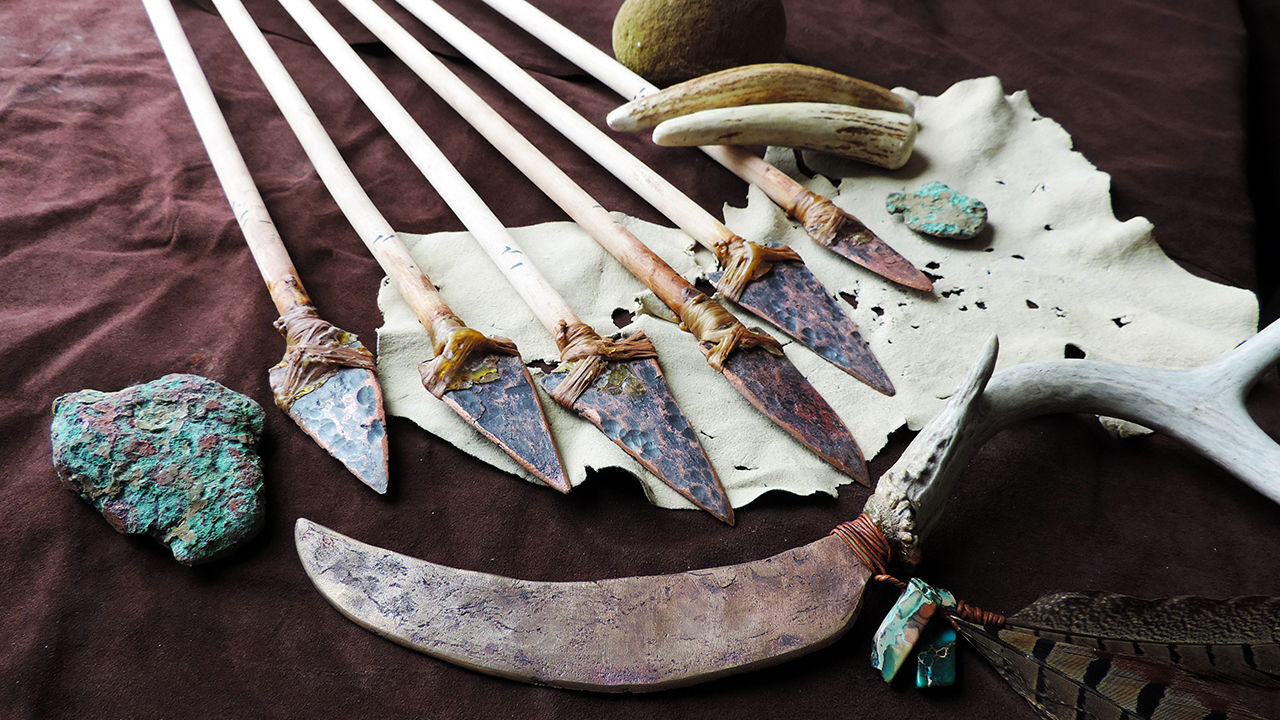


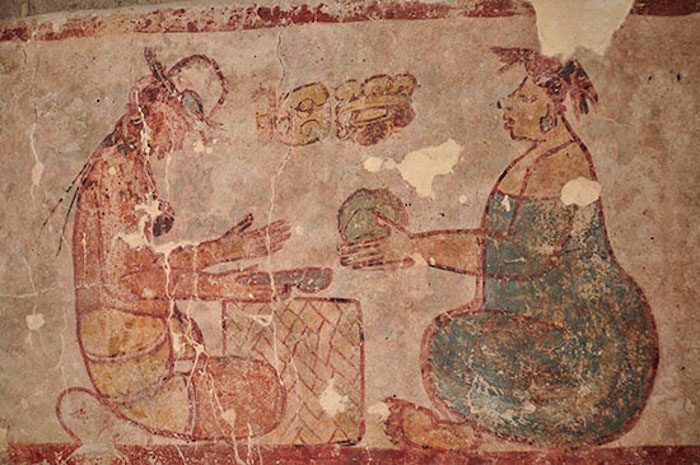
Comment: See also: